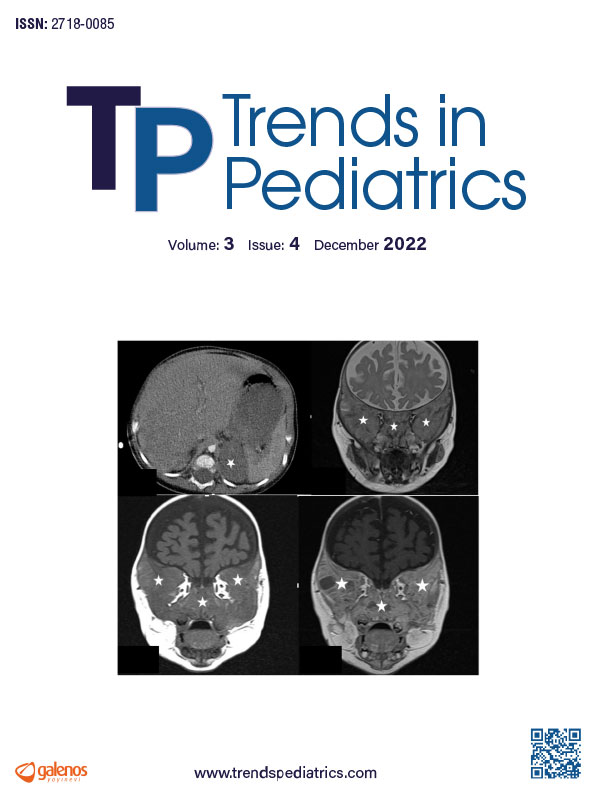Abstract
Objective: Although epilepsy does not appear in the classic definitions of Down syndrome (DS), the prevalence of epilepsy is higher in these cases than in the general population. The purpose of this retrospective study was to evaluate the demographic, neuroradiological, and electrophysiological characteristics, and responses to treatment of patients with DS undergoing epileptic seizure.
Methods: Karyotype analysis, time of onset of seizures, types of seizure, electroencephalography (EEG) characteristic, antiepileptic drug used, and comorbidity were considered during evaluation. EEG and magnetic resonance imaging at the time of first admission were assessed during patient evaluation.
Results: Patients with DS (n=43) were enrolled in this study. Twenty-three of them were subjects with epilepsy. Seventeen (73.9%) of the 23 patients were boys and six (26.1%) were girls. The mean age of the patients was 21.7 months (standard deviation ± 4.8), and mean age at onset of seizures was 12.6 months. Comorbidity other than epilepsy was present in 13 (56.5%) patients. The most common seizure type, in 14 cases (60.9%), was focal seizures, four of which involved epilepsy developing following stroke secondary to cardiac surgery. Hypothyroidism was observed in all six patients with epileptic spasm. Only four of 20 patients without epilepsy have non-neurologic comorbidities.
Conclusion: This study may support the knowledge regarding the relationship between hypothyroidism and epilepsy in DS. Non-neurologic comorbidities are a significant risk factor for epilepsy in DS.
Keywords: Childhood, Down syndrome, epilepsy, epileptic spasm, hypothyroidism
Copyright and license
Copyright © 2022 The author(s). This is an open-access article published by Aydın Pediatric Society under the terms of the Creative Commons Attribution License (CC BY) which permits unrestricted use, distribution, and reproduction in any medium or format, provided the original work is properly cited.














